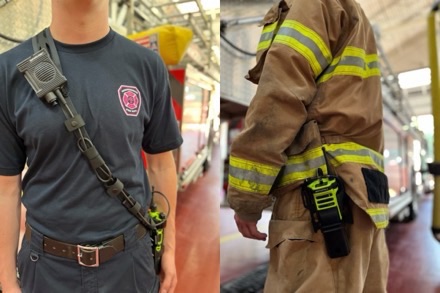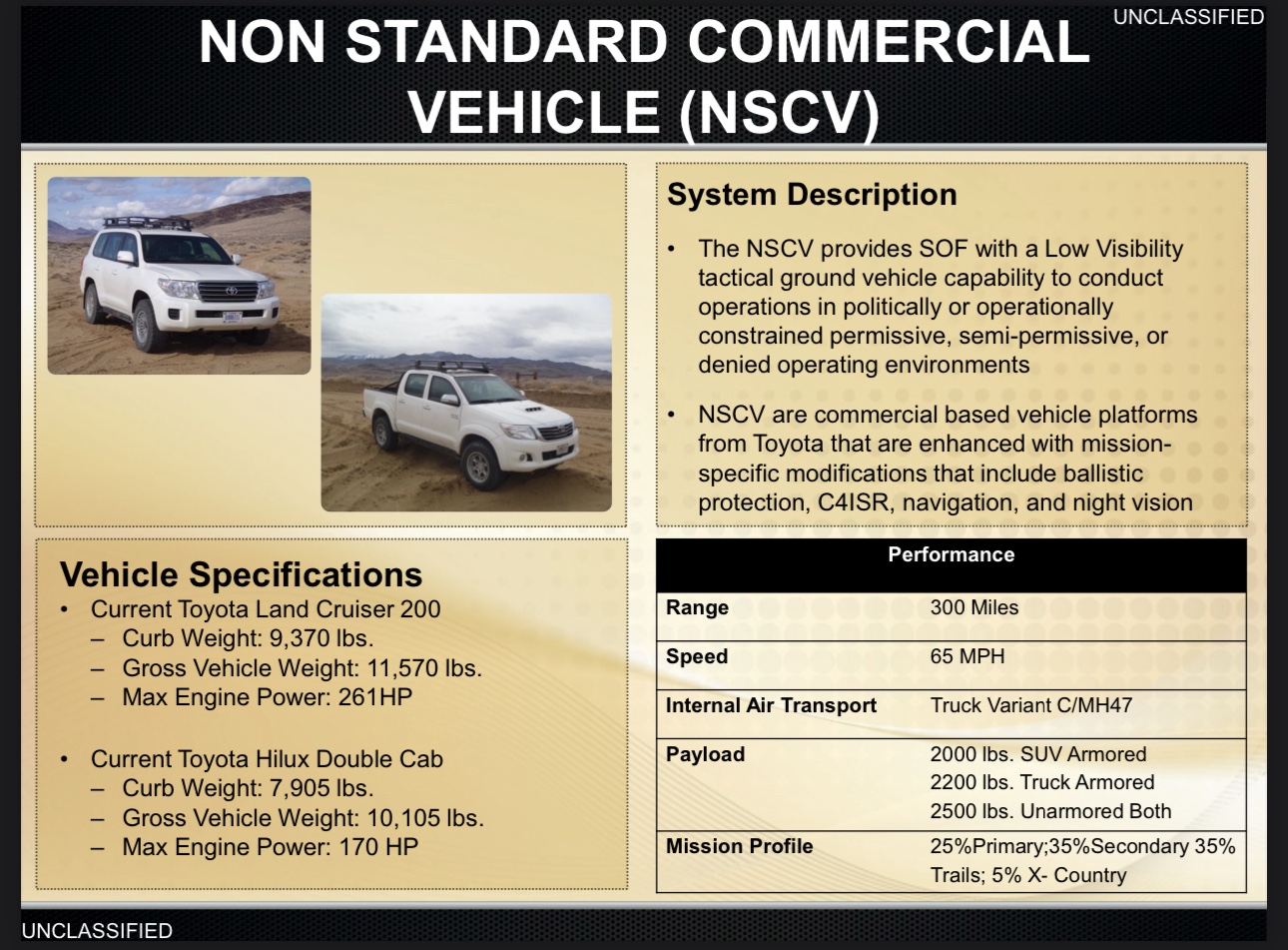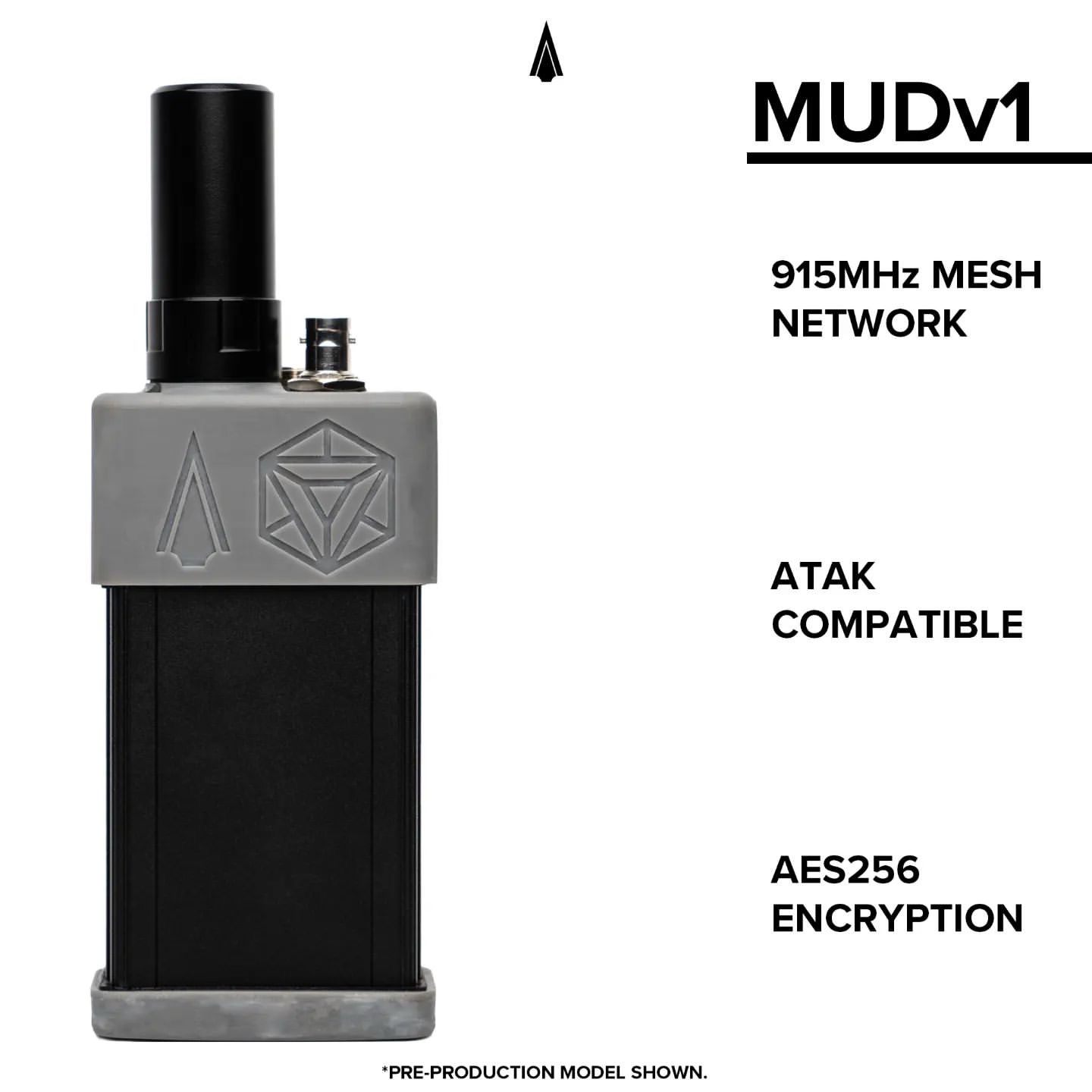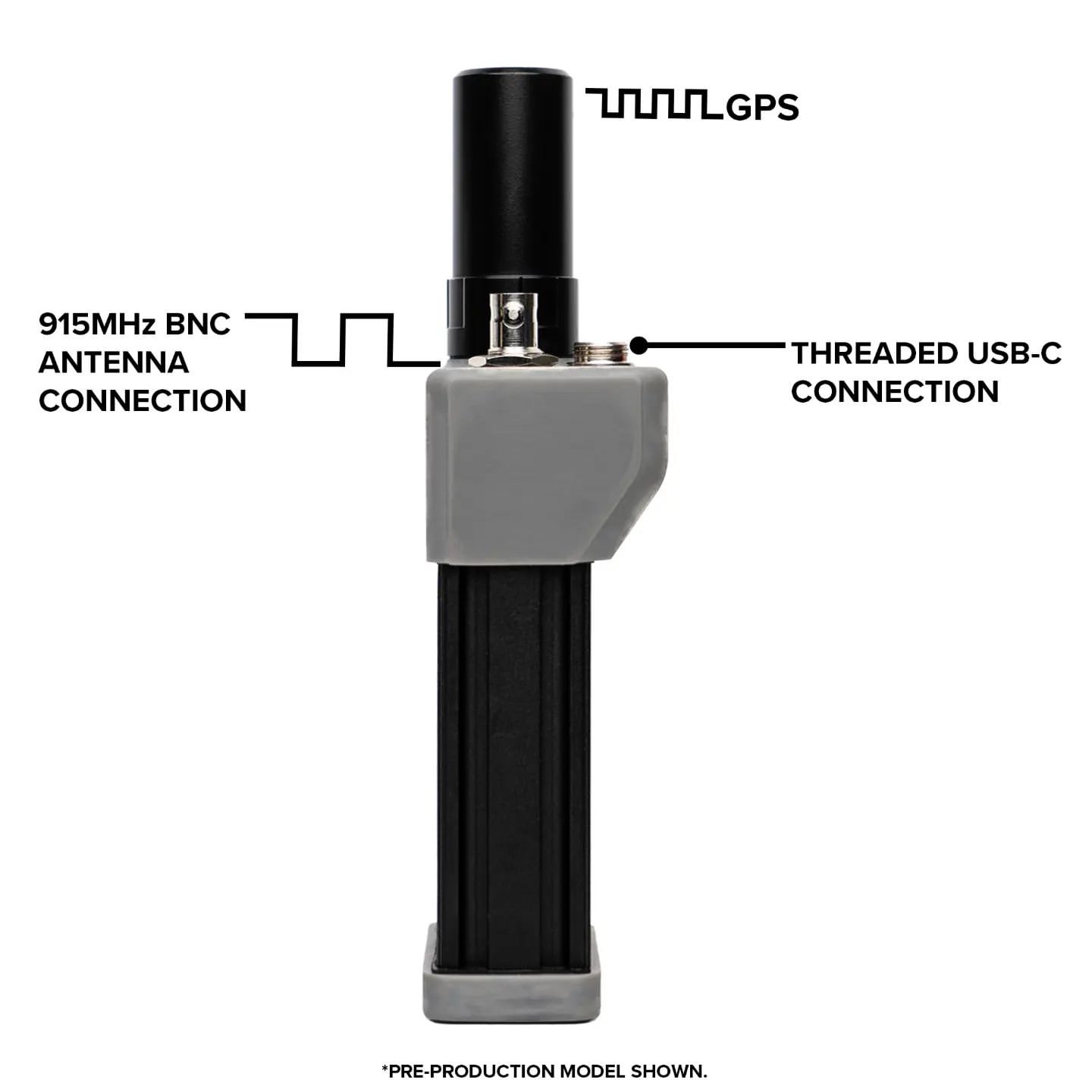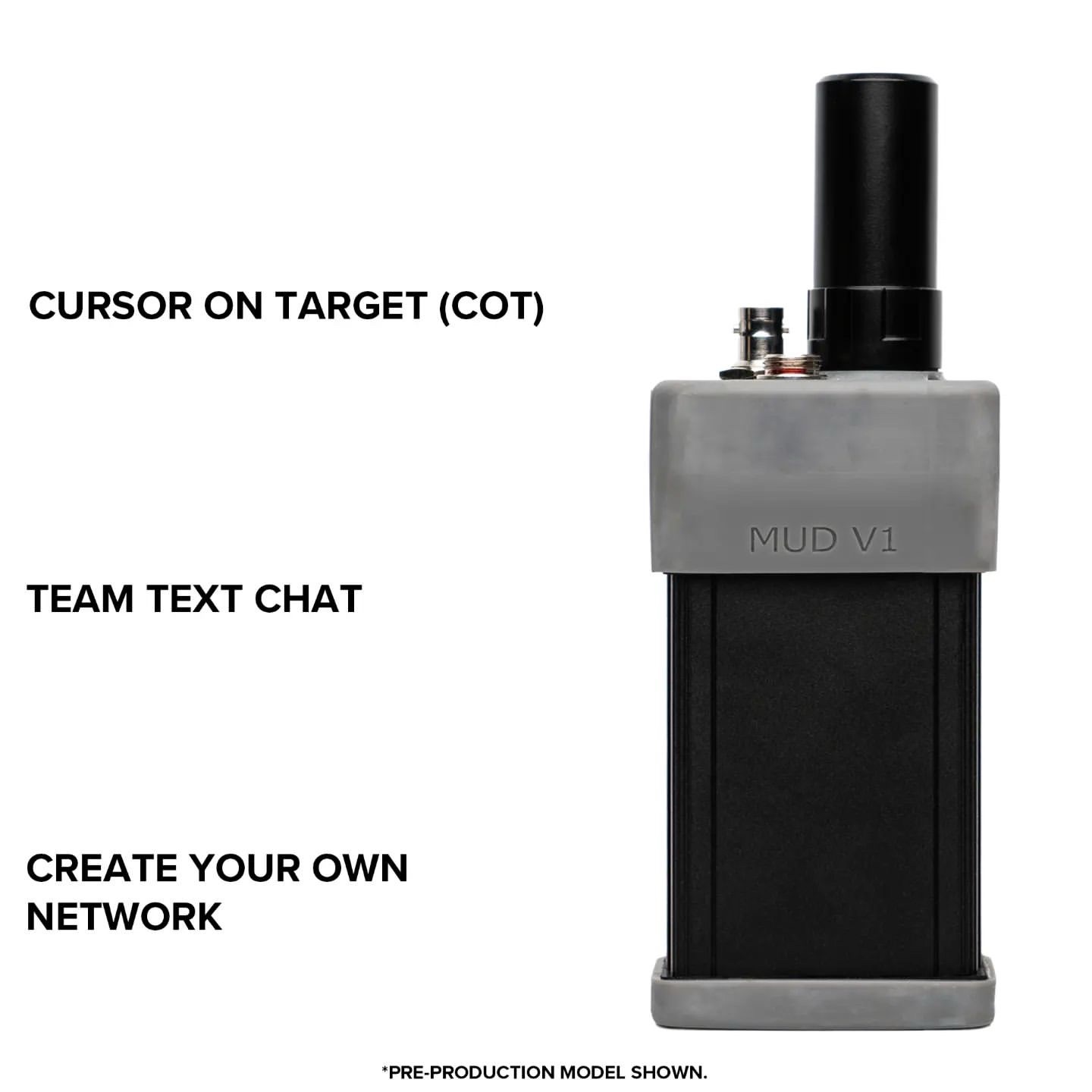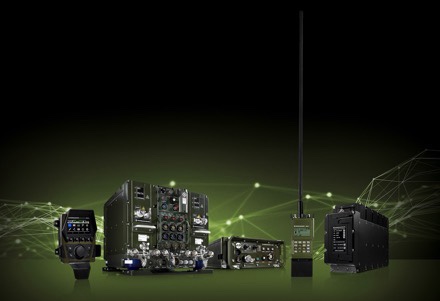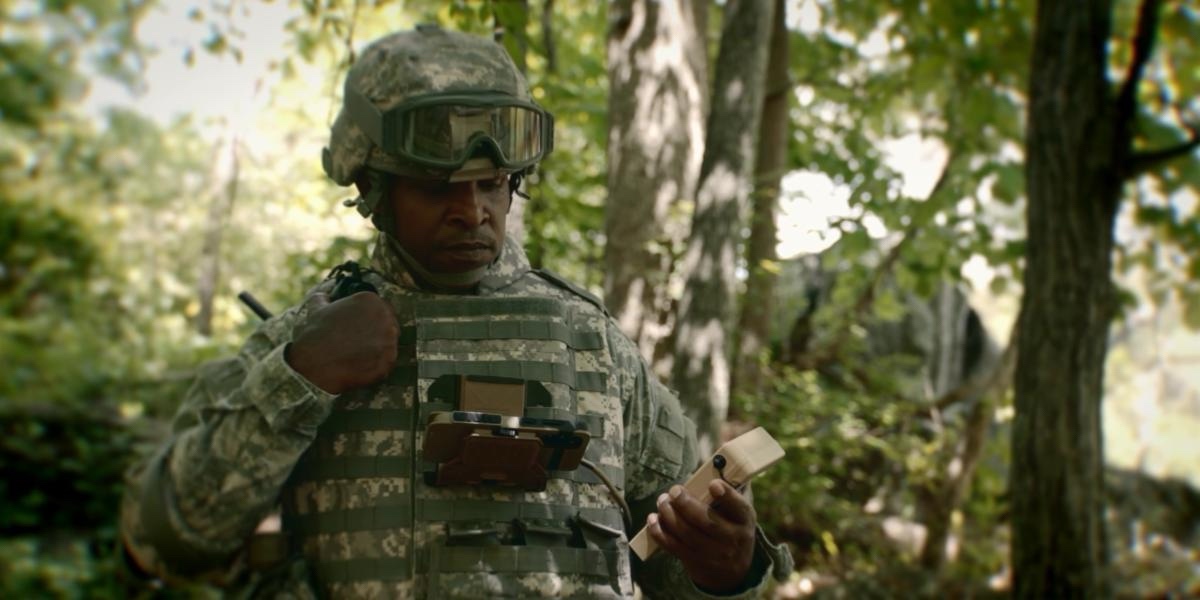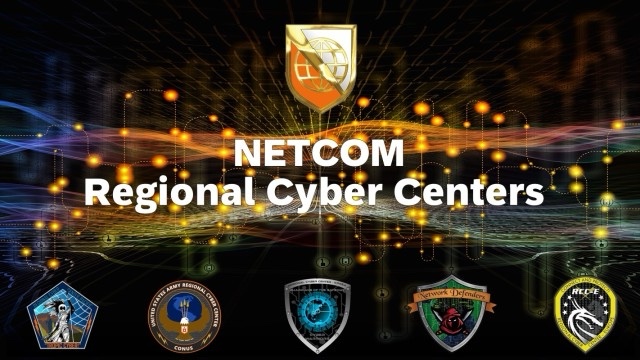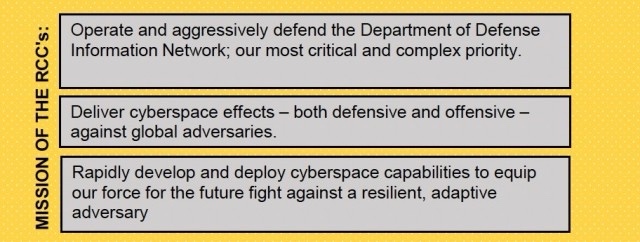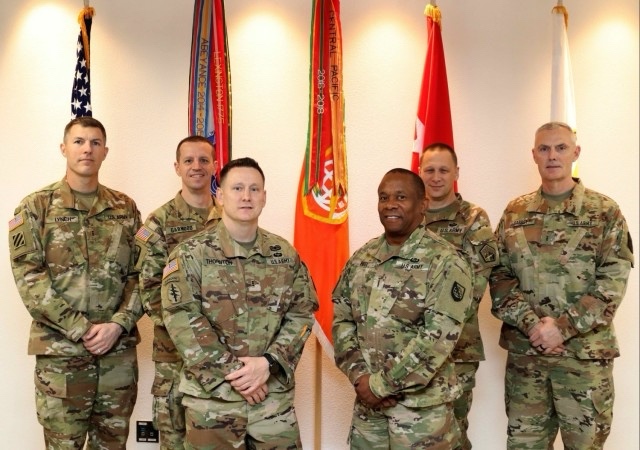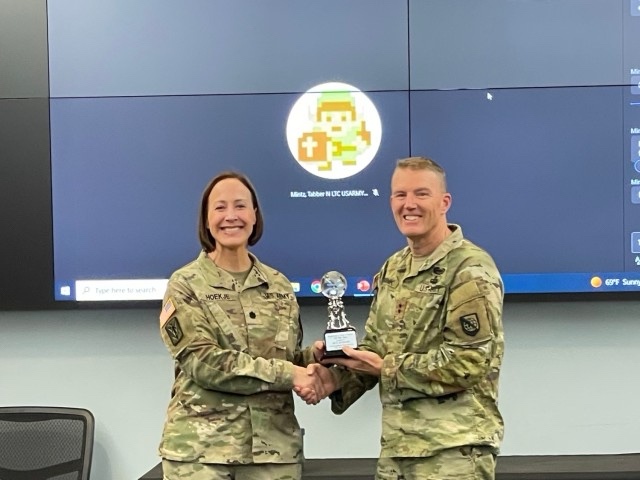Somewear Labs provides a secure, agile network that can be used for communication, location tracking, and other tactical applications across multi-domain operations
SAN FRANCISCO, Dec. 13, 2023 /PRNewswire-PRWeb/ — Today, Somewear Labs, the technology company enabling critical communications for defense, public safety, and commercial frontline teams, announced it has received a $1.8 million contract from the U.S. Air Force. This award builds on the company’s AFWERX SBIR Phase II contract through the Tactical Funding Increase (TACFI) program. This initiative integrates Somewear’s existing commercial capabilities across USAF mounted and dismounted communications and networking systems, enhancing the full spectrum of Special Tactics (ST), Personnel Recovery (PR), and Terminal Attack Control (TAC) operations. The award comes in collaboration with the Special Warfare community across the National Guard and active duty units.
New missions and threats will require units to deploy faster, identify threats quicker, and survey areas further. Incorporating Somewear’s advanced technologies into the Department of Defense (DOD) will improve required operational capabilities and enhance integration with coalition forces and foreign partners.
Supporting customers across every branch of the DOD, Somewear Labs is accelerating military modernization through unified, secure communication solutions, guaranteeing resilient and reliable communications when traditional networks are lost. Through this contract with the U.S. Air Force, Somewear Labs will deliver enhanced capabilities to further integrate into the TAK ecosystem and other government systems providing critical interoperability between dismounted personnel and Air Support Operations Centers.
Somewear’s critical communication platform, Somewear Grid, and accompanying network enabling hardware, enhance operators’ capabilities by increasing network resiliency and situational awareness across multiple domains, even in denied, degraded, intermittent, and limited-bandwidth (DDIL) environments:
• The company’s existing commercial technology enables beyond-line-of-sight (BLOS) satellite communication through the Somewear Global Hotspot and Somewear suite of apps across Android, iOS, Web, and ATAK, ensuring strategic interoperability.
• Earlier this year, Somewear introduced Node, a pocket-sized multi-network device that features novel automation to route data via the efficiency of mesh radio technology or the resilience of satellite connectivity, empowering teams to maintain agile, resilient communication regardless of mission needs or operating environment.
• Additionally, the Somewear Grid platform integrates with tactical systems like ATAK and provides a low SWaP (size, weight, and power) solution for the last tactical mile of Joint All-Domain Command and Control (JADC2).
“Partnering with companies like Somewear Labs enables new innovative solutions to solve some of the hardest problems faced by the 147th ASOS, the U.S. Air Force, and beyond,” said Major Kris Bartels, 147th ASOS, Director of Operations. “Ensuring communications are survivable in bandwidth constrained environments is critical for the safety of our operators and the effectiveness of our operations. The interoperability of the Somewear platform, across civilian and military responders, and its ability to integrate into existing systems extends communication capabilities, providing a reliable, resilient network for teams on the move.”
During military operations, real-time communication and situational awareness is paramount to ensuring the warfighter can make strategic, informed decisions at the right time — in any environment. Mission advantage will go to military forces who can coordinate and act together across all domains, rapidly. This is especially important for missions that are conducted in cell-denied terrain and in contested environments. When traditional networks are lost, communication barriers and unreliable systems put the mission and operators at risk.
“It is a privilege to grow our partnership with the U.S. Air Force and adapt our platform to the evolving needs of the DOD as we look to the future,” said James Kubik, Co-Founder and CEO at Somewear Labs. “With this contract, we are able to build on our interoperable solutions to break down communication barriers, redefine interagency collaboration, and ensure operators always maintain situational awareness, communications, and operational effectiveness.”
The TACFI effort is the epitome of strong collaboration from small businesses and government in order to advance cutting-edge technology at the intersection of commercial and national security interests.
For more information, please visit somewearlabs.com.


